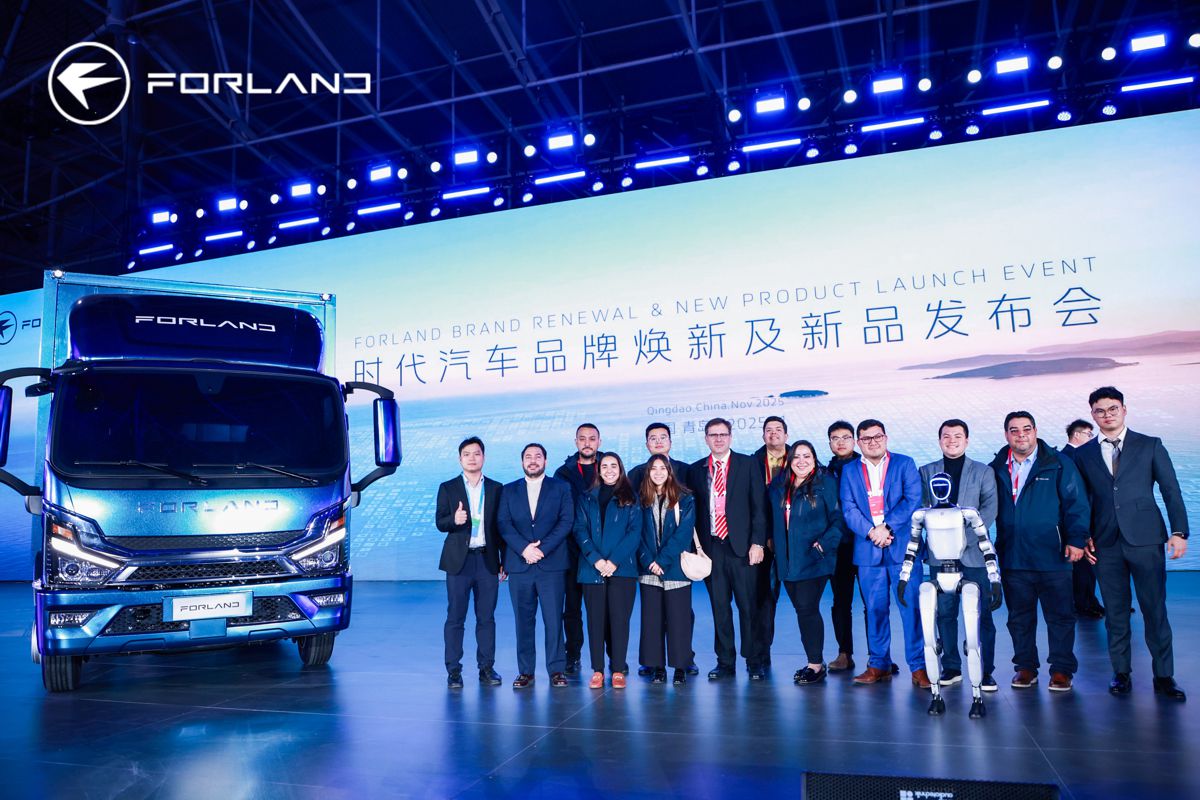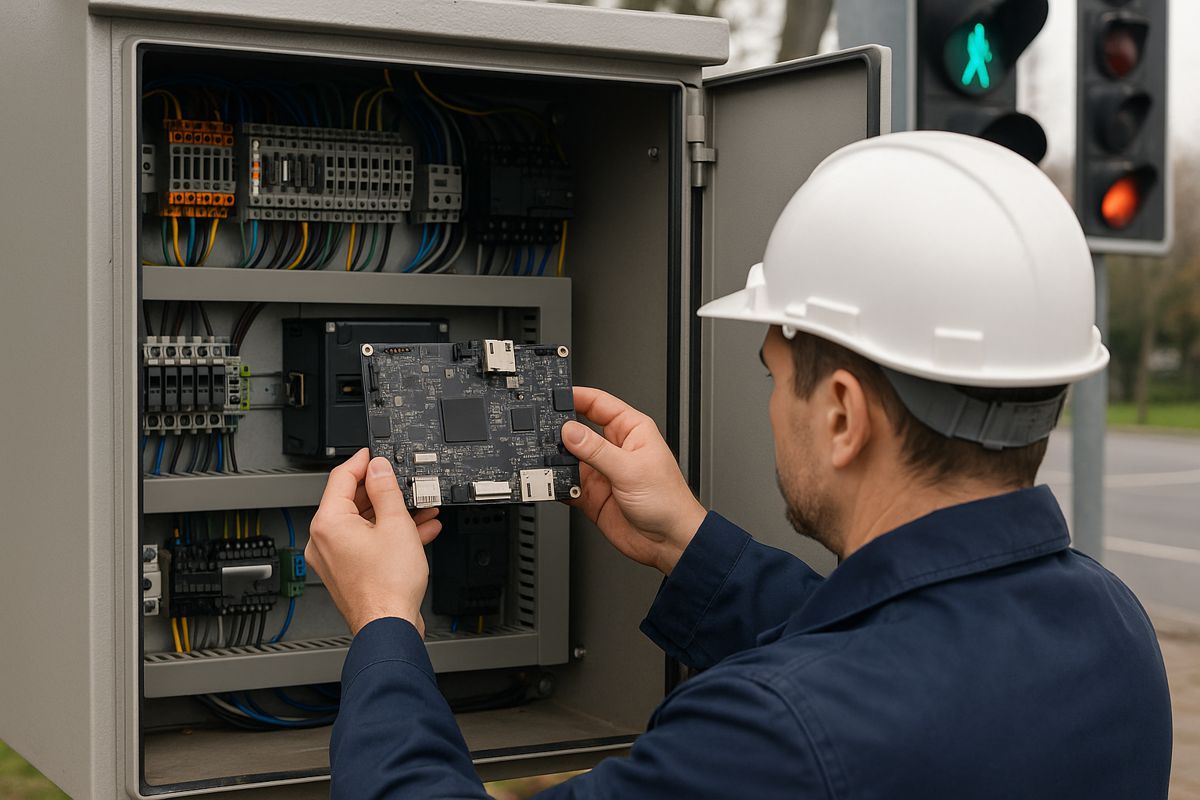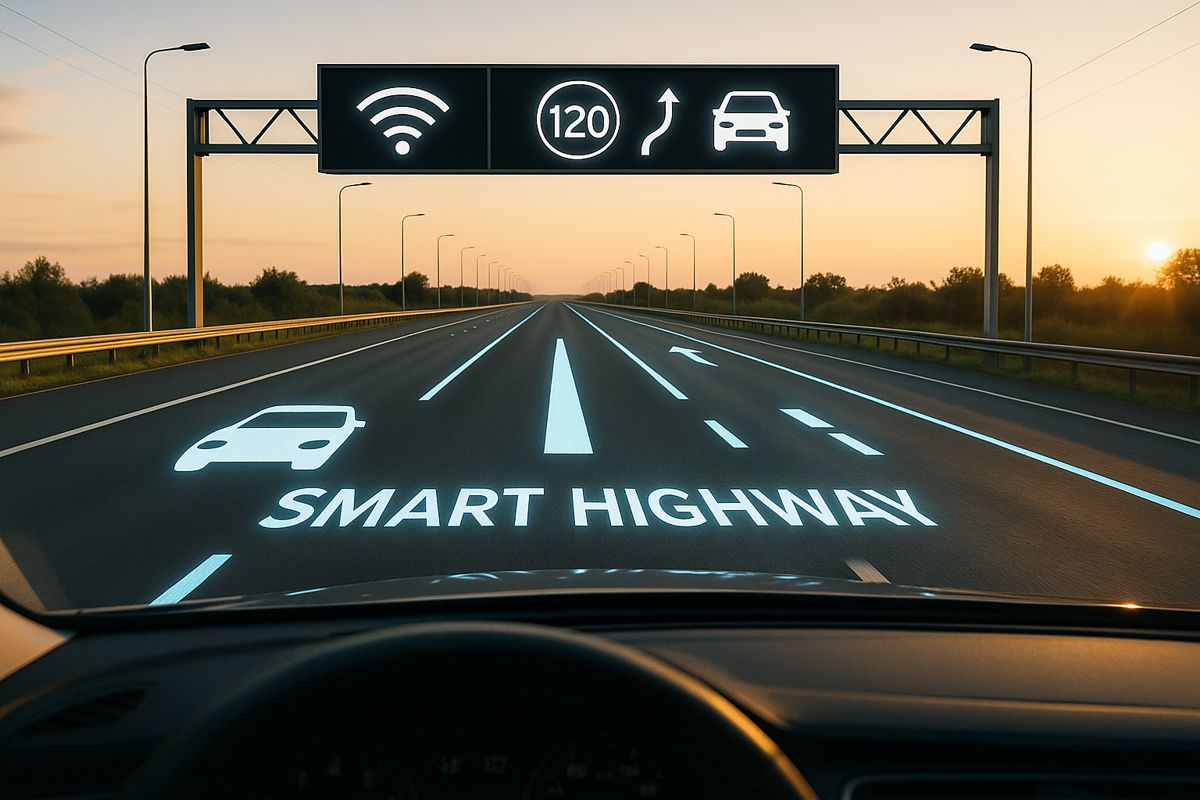INRIX AI Traffic Reporter Creates a New Era of Automated Mobility Intelligence
INRIX has once again positioned itself at the forefront of mobility innovation with the launch of AI Traffic Reporter, an automated broadcast platform designed to replace traditional human-led traffic reporting across TV and radio. Built on more than two decades of proprietary mobility data and the latest advances in generative AI, the system marks a profound shift in how transportation updates are delivered, consumed, and acted upon.
AI Traffic Reporter eliminates the need for on-air talent, manual production processes, and the delays associated with human interpretation. Instead, it relies on instant data-driven analysis to generate visual and audio bulletins the moment road conditions change. For broadcasters and transport agencies, the implications are considerable: round-the-clock updates, improved consistency, and greater accuracy during fast-moving events.
Reimagining Live Traffic Coverage For Broadcasters
At the core of the new platform lies a fully automated workflow that generates traffic updates using synthetic voices engineered to sound indistinguishable from human presenters. These audio reports are paired with advanced 3D visualisations designed to match, and often exceed, the graphical fidelity of high-end broadcast systems.
This approach removes bottlenecks common in human-led reporting, including staffing availability, scriptwriting, and production delays. With the ability to deliver instantaneous alerts when incidents occur, AI Traffic Reporter aims to reduce congestion and secondary accidents by ensuring the public receives timely and accurate information.
INRIX processes more than 36 billion data points per day, enabling the system to identify incidents affecting safety, congestion, and overall network performance. The platform transforms this raw data into clear, engaging broadcasts suitable for radio, TV, mobile applications, and online dashboards.
Advanced Technology Tailored For Mobility
AI Traffic Reporter separates itself from generic AI products through its transportation-focused design. INRIX has developed and validated the system using Human-in-the-Loop processes and Reinforcement Learning from Human Feedback, ensuring that the technology operates with a high degree of accuracy, reliability, and transparency.
This bespoke approach means the platform does not simply translate data into scripted content. Instead, it interprets the nuances of road behaviour, differentiating between minor traffic fluctuations and more serious disruptions. The result is a system refined specifically for real-world transportation environments.
Bryan Mistele, CEO of INRIX, underscored the transformative nature of the platform: “AI is rapidly becoming pervasive across all of our products, but AI Traffic Reporter marks a fundamental shift. By pairing generative AI with two decades of mobility intelligence, we are not just enhancing traffic reporting, we are replacing it. For the first time, stations can fully automate traffic updates, delivering information faster and more accurately than any human ever could. This is the future of broadcasting, and it’s here now.”
Real-Time Insights For A Safer Road Network
Safety and efficiency sit at the heart of INRIX’s platform. By instantly detecting incidents and communicating them without delay, AI Traffic Reporter aims to reduce the risk of secondary collisions. These incidents often occur when drivers approach the scene of an earlier crash without adequate warning, particularly during peak hours or low-visibility conditions.
Immediate notification allows road users, freight operators, and public transport services to adapt quickly, reducing knock-on congestion and improving the overall flow of traffic. Transport agencies can also integrate these insights into their wider operational systems, using them as triggers for dynamic signage updates, emergency responses, and routing decisions.
The system’s real-time capabilities extend beyond traditional incident alerts. AI Traffic Reporter continuously monitors travel times, bottlenecks, road closures, weather impacts, and work-zone disruptions. This provides a more complete operational picture, enabling a deeper understanding of network behaviour.
Broadcast-Ready Visuals And Immersive Reporting Tools
One of the standout features of the platform is its ability to generate graphics comparable to those used in video games. These visuals are designed to support broadcasters with fully automated, high-quality traffic maps, incident animations, and network-wide overviews.
The graphics can also be deployed in immersive formats, including VR-ready environments that offer transport agencies a more holistic perspective on real-time conditions. This allows analysts to explore traffic patterns, incident locations, and congestion build-up in ways that traditional 2D dashboards cannot replicate.
Broadcasters benefit from these capabilities by offering audiences visually engaging and data-rich content without requiring in-house design teams. The system packages graphics and voiceover into ready-to-air segments, ensuring rapid deployment across platforms.
Scalable For Cities, Regions And National Networks
Designed as a fully scalable solution, AI Traffic Reporter can be implemented by national broadcasters, city-level transport agencies, or regional traffic management centres. Its modular architecture allows organisations to select specific features such as automated alerts, custom incident boundaries, or tailored reporting languages.
This flexibility ensures the platform can adapt to differences in network size, available data feeds, and broadcaster requirements. Whether deployed in major metropolitan hubs or smaller regional markets, the system maintains the same level of responsiveness and accuracy.
INRIX’s experience supporting transport authorities in more than 70 countries provides the foundation for this global approach. The company’s extensive historical and real-time datasets help ensure the platform performs consistently in diverse mobility environments.
A Foundation For The Future Of Connected Mobility
Automation in traffic reporting is only the beginning. With its AI-driven architecture, the platform is positioned to integrate seamlessly with future mobility systems, including connected vehicle networks, smart infrastructure, and emerging sensor technologies.
As more vehicles begin sharing anonymised live data, AI Traffic Reporter will be able to draw insights from an even broader pool of information. This advancement could create opportunities for predictive reporting, allowing the system to identify congestion build-up before it becomes visible to drivers.
Future applications could include:
- Integration with autonomous fleet management platforms.
- Automated risk detection for emergency services.
- Predictive modelling for large-scale events and weather systems.
- Enhanced public transport coordination and scheduling.
INRIX’s ongoing research into mobility intelligence will likely shape the next wave of innovations, further establishing AI as a trusted contributor to road safety, operational efficiency, and broadcast automation.
Moving Towards Smarter, Safer Transport Intelligence
AI Traffic Reporter represents a significant milestone in transportation technology. By fusing extensive mobility data with generative AI and automated broadcast workflows, INRIX has created a platform capable of transforming how traffic information is delivered across the world.
The system offers more than operational efficiency for broadcasters. It provides a new layer of protection for drivers, reduces the likelihood of secondary crashes, and ensures that real-time information can be communicated without delay.
With the rise of smart cities, connected vehicles, and digital-first mobility services, INRIX’s latest innovation lays crucial groundwork for the future of transportation intelligence.




















